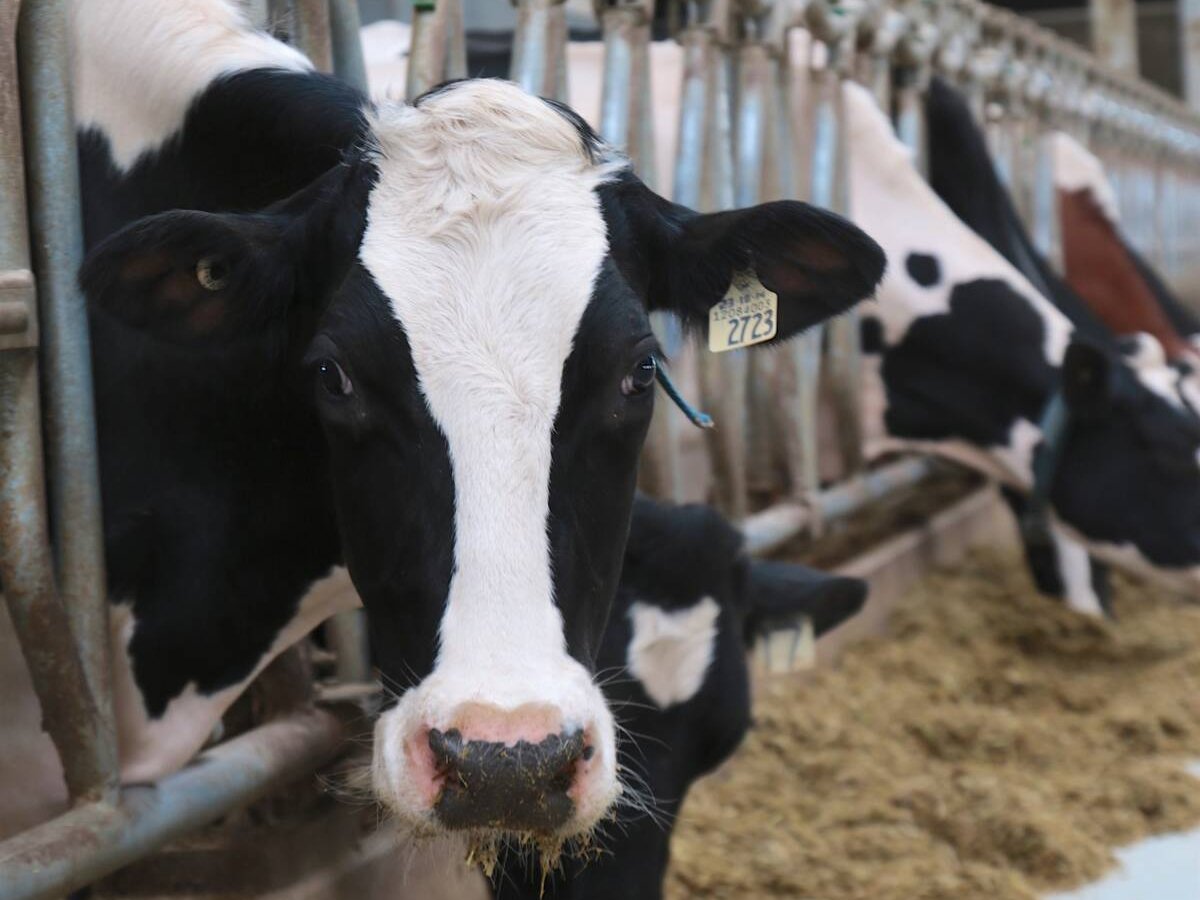LINDELL BEACH, B.C. – Many people assume that the domestication of crops occurred through trial and error over time but it has also been shown from experimental breeding that some wild plants can produce crop-like forms in just a few generations.
In a review of the genetics of plant domestication published inTrends in Plant Science,Kenneth Olsen, assistant professor of biology at Washington University in St. Louis, Missouri, and colleague Briana Gross discuss the value of genetic research in understanding when and where plants made the transition to becoming crops and the changes that need to occur to make a plant desirable as a commercial product.
Read Also

The Organization for Economic Co-operation and Development lauds Canada’s low farm subsidies, criticizes supply management
The Organization for Economic Co-operation and Development lauded Canada’s low farm subsidies, criticized supply management in its global survey of farm support programs.
“Many domestication events have occurred in the very recent past,” said Olsen, citing wild rice as an example.
“There are also many incipiently domesticated species that are used as a source of food and even actively cultivated but have not been subject to selective breeding.”
For plants to become domesticated, they have to acquire traits in what is called the “domestication syndrome,” making the plant worth the labour of cultivation.
The traits allow the crop to be sown, cultivated and harvested and include uniform seed germination and fruit ripening.
For grains, three of the most important traits are:
• loss of shattering;
• seed dormancy;
• increase in grain size.
A domestic crop needs to retain seeds long enough that they can be gathered at harvest.
Olson and Gross reported that the emergence of non-shattering grain was gradual, at least in barley, wheat and rice. In these crops, the non-shattering phenotype appears after an increase in grain size.
In loss of seed dormancy, wild plants tend to stagger their seed germination. But in an agricultural environment where the seeds are sown all at once and harvested at the same time, there is a need for seeds not to remain dormant.
In the second step, the now domesticated plant is bred to build on, improve or diversify desirable qualities such as taste, colour or texture.
“What I find particularly fascinating about this step is the incredible diversity of traits one can find among different varieties of crops, almost none of which is apparent in the wild species from which the crop originated,” said Olson.
Plant domestication comes with a loss of genetic diversity for two reasons. Only a portion of the genetic diversity that was present in the original wild plant ends up being represented in the commercial crop. In addition, when a plant is bred for specific traits, only those plants that carry those traits become part of the breeding pool.
A method for exploring the genetics of domestication called quantitative trait locus mapping has shown that sometimes only modest modifications are needed to convert a wild plant to a crop.
“QTL mapping is a statistical approach that can be used for identifying the regions of a chromosome that are likely to contain genes that control a trait,” said Olson.
“Two plants that differ in a trait are crossed and then their offspring are crossed to produce a group of related individuals that show variation of the trait. Statistical methods are then used to identify correlations between the trait variation and genetic markers located along the plant’s chromosomes. The genetic markers that are most closely correlated with the trait variation are likely to be closest to the gene(s) responsible for (that) variation.”
Olson said that some species are much more conducive to domestication than others.
For example, annual grasses, such as the ancestors of many cereal crops, can be easily bred because they produce a new generation every year. Long-lived trees, on the other hand, are less likely to be subjected to selective breeding.
The goal of QTL mapping is to find out if a trait is controlled by a few genes with a large effect or many genes each with a small effect, the assumption being that a plant under simple genetic control would be easier to domesticate.
Genetic analysis shows that barley, common beans and Asian rice were domesticated more than once. QTL mapping has also shown that some traits are controlled by different groups of genes.
For example, different genes prevent shattering in the two domesticated lineages of barley.
During domestication, selection for loss-of-function mutations leads to traits like loss of seed shattering and loss of seed dormancy.
A good example of loss-of-function mutation is sticky Asian rice. Twenty percent of the starch in this short grained rice is amylose, an unbranched molecule, and the balance is another starch called amylopectin, which is branchy, causing the rice to stick to itself when cooked. It is favoured by many in Southeast Asia.
“The gene mutation prevented the plant from making a protein responsible for a key step in producing amylose. When amylose was absent, the grains were filled with the stickier starch amylopectin.”
———
Dreaming of a vacation this year?
Our manufacturer’s rebate* can get you there!AND WE’LL GIVE YOU A MANUFACTURER’S REBATE!
Sizes up to 18 ft. (5.5 m)
$3,000MOWER CONDITIONER PACKAGEBUY THIS:A MACDON PULL-TYPE DISC OR AUGER MOWER CONDITIONERSELF-PROPELLED WINDROWER PACKAGE
BUY THIS:A MACDON-BUILT SELF-PROPELLED WINDROWER WITH A DISC, AUGER OR DRAPER HEADER
AND WE’LL GIVE YOU A
$6,000MANUFACTURER’S REBATE!
Sizes up to 40 ft. (12.2 m)
D AND FD DRAPER HEADERS FOR COMBINES
BUY THIS:A MACDON FD70 FLEXDRAPEROR D SERIES DRAPER HEADER
AND WE’LL GIVE YOU A$3,000MANUFACTURER’S REBATE!
Package includes header and adapter. Sizes up to 45 ft. (13.7 m)
FOR PACKAGE AND REBATE DETAILS VISIT YOUR MACDON DEALER TODAY.HURRY, OFFER ENDS NOVEMBER 30TH 2010














